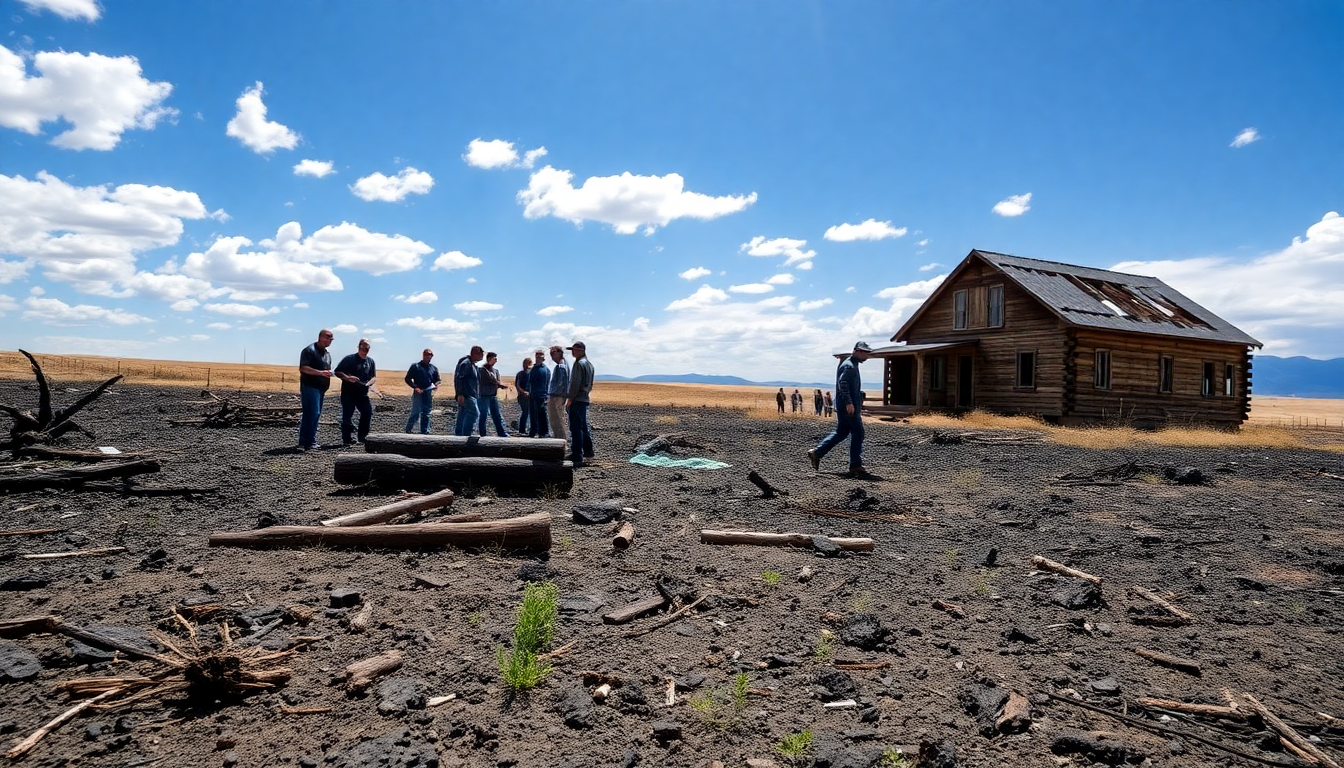Table of Contents
In the world of cinema, stories often rise from the ashes of personal and communal struggles, capturing the essence of human resilience. The film “Rebuilding,” directed by Max Walker-Silverman, dives deep into this theme through the eyes of a Colorado rancher navigating the aftermath of a devastating wildfire.
With Josh O’Connor leading the cast, the film beautifully balances the heavy weight of loss with the nurturing power of community. But what does this narrative really mean for us today? Let’s explore the profound implications of such stories in our cinematic landscape.
The Power of Regional Cinema
Regional cinema often acts as a mirror, reflecting the complexities of human experience, especially when it dives into specific cultural and geographical contexts. Walker-Silverman emphasizes the importance of specificity in storytelling. By focusing on the unique challenges faced by a small Colorado community, the film manages to resonate with audiences far beyond its regional roots.
Dusty, O’Connor’s character, isn’t just experiencing personal loss; he embodies a universal journey of rebuilding and reimagining life after tragedy. Have you ever felt that connection to a story that hits home, no matter where you come from?
As the director wisely points out, “If you try to tell a story about everyone, it turns to mush.” This insight highlights the necessity of grounding narratives in authentic experiences, allowing them to resonate with hearts and minds across diverse backgrounds.
The characters, each coming from different walks of life, showcase the strength found in community support. The film illustrates that even amidst overwhelming challenges, the bonds formed through shared experiences can lead to profound healing. Isn’t it incredible how shared struggles can bring people together?
Understanding the Themes of Loss and Resilience
The central theme of “Rebuilding” revolves around loss—not just losing a home but also the emotional aftermath that follows. Dusty’s journey poignantly explores how individuals cope with grief while striving to support their loved ones. Walker-Silverman notes that loss often brings out a “nurturing side of humanity,” revealing how we come together during tough times.
Can you think of a time when you leaned on others during a difficult moment?
This narrative feels particularly relevant in a world increasingly affected by climate change and natural disasters. Reflecting on his own experiences with fire and loss, Walker-Silverman reveals how these events profoundly impact community dynamics. The film captures recovery not merely as a process of rebuilding structures but as an opportunity to redefine what home truly means. What does “home” signify for you in times of crisis?
The Role of Characters in Shaping the Narrative
Character development is key in conveying the film’s themes. The ensemble cast, including Meghann Fahy and Kali Reis, adds layers to the narrative. Each character represents different facets of resilience, showcasing how their diverse backgrounds contribute to collective recovery. For instance, Reis’s character bridges the gap between professional and non-professional actors, enriching the film’s authenticity. Isn’t it fascinating how every person’s story contributes to the bigger picture?
Moreover, the interplay between characters adds depth to the storytelling. Walker-Silverman effectively uses dialogue—or the absence of it—to illustrate the complexities of human connection. In a world where words often fall short, the film emphasizes the importance of non-verbal communication and the weight of unspoken sentiments. This narrative approach highlights the emotional depth of the characters, making their struggles not just relatable but deeply poignant. Have you ever felt understood without a single word being exchanged?
Conclusion: A Reflection on Community and Recovery
“Rebuilding” ultimately serves as a testament to the power of community and the human spirit’s capacity to endure. As Walker-Silverman poignantly states, “Our sense of home is very flexible and therefore very strong.” The film encourages us to reflect on our own experiences with loss and recovery, reinforcing the idea that healing is an intricate journey filled with complexities and nuances. What lessons have you learned from your own healing processes?
Through intimate storytelling and relatable characters, “Rebuilding” invites audiences to ponder the essence of resilience and the beauty of human connection. In a time when many are grappling with their own challenges, the film’s message of hope and nurturing support resonates profoundly, reminding us that even in the wake of devastation, the possibility of rebuilding is always within reach. Isn’t that a comforting thought?





